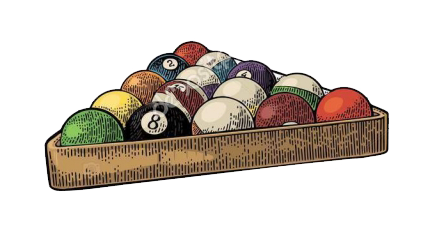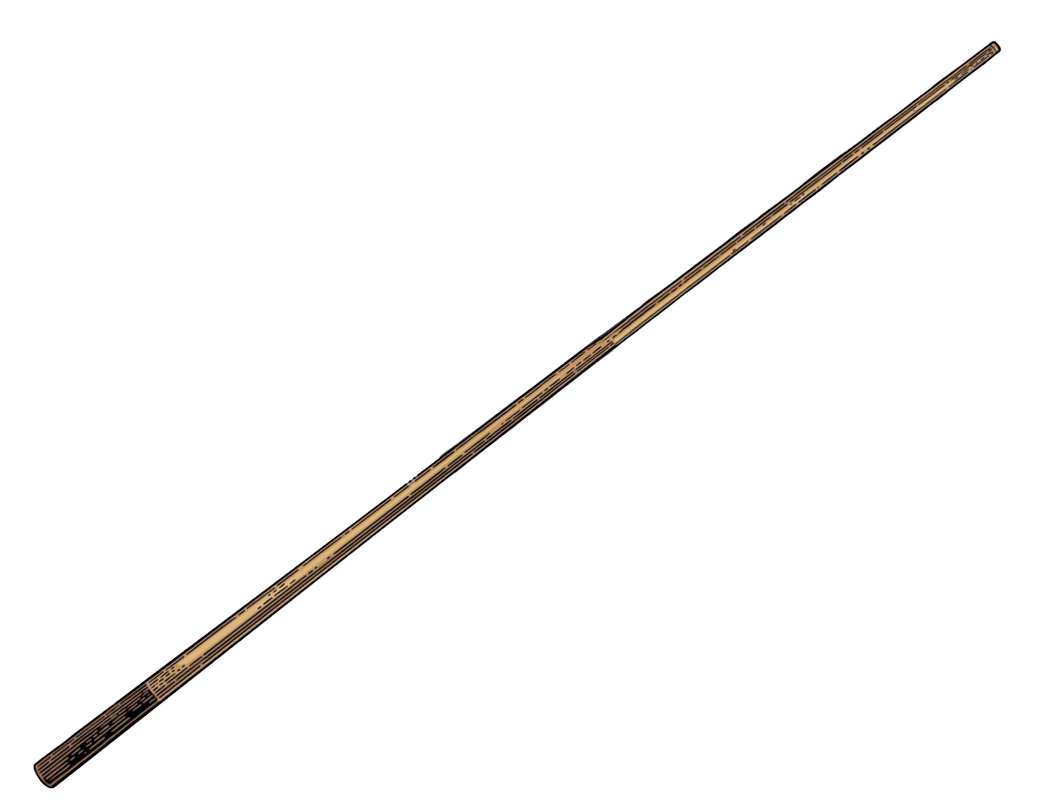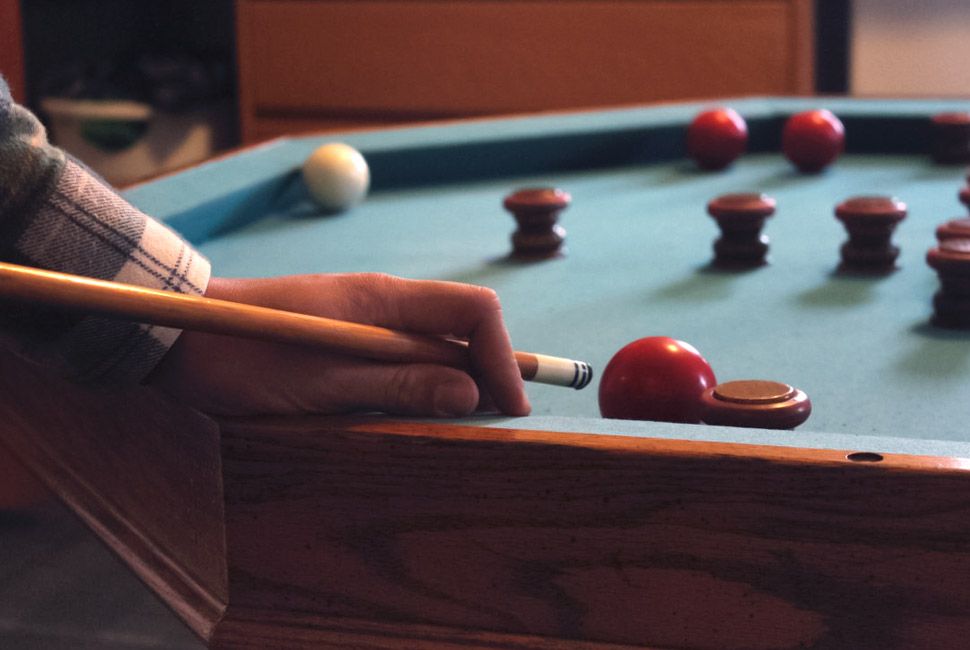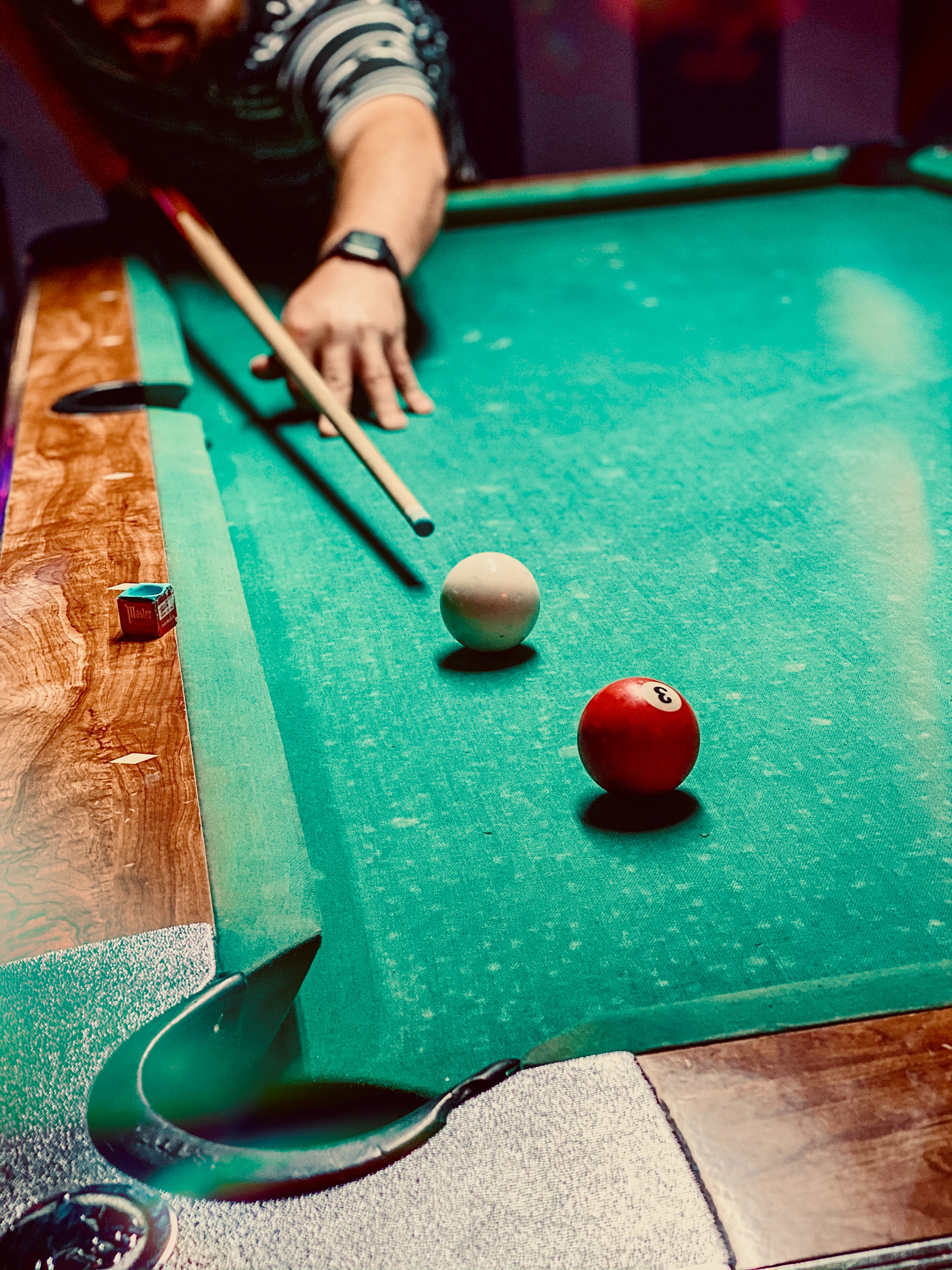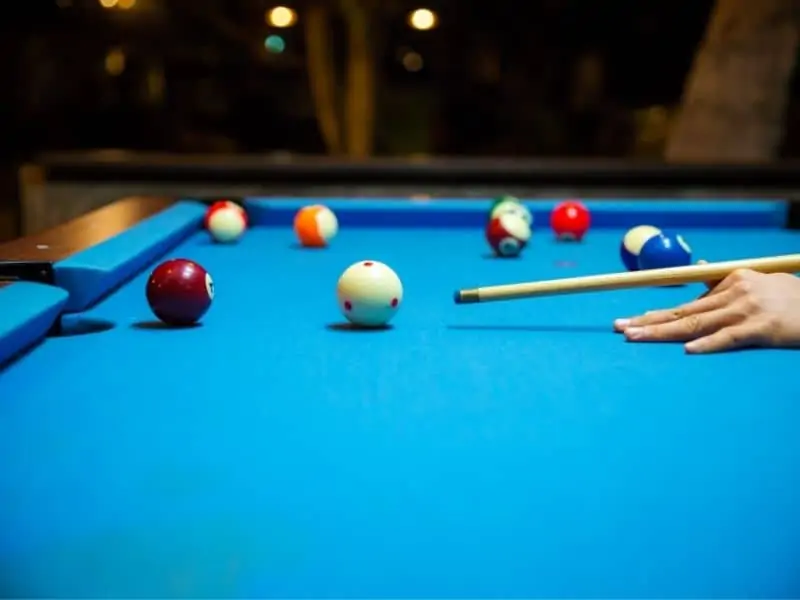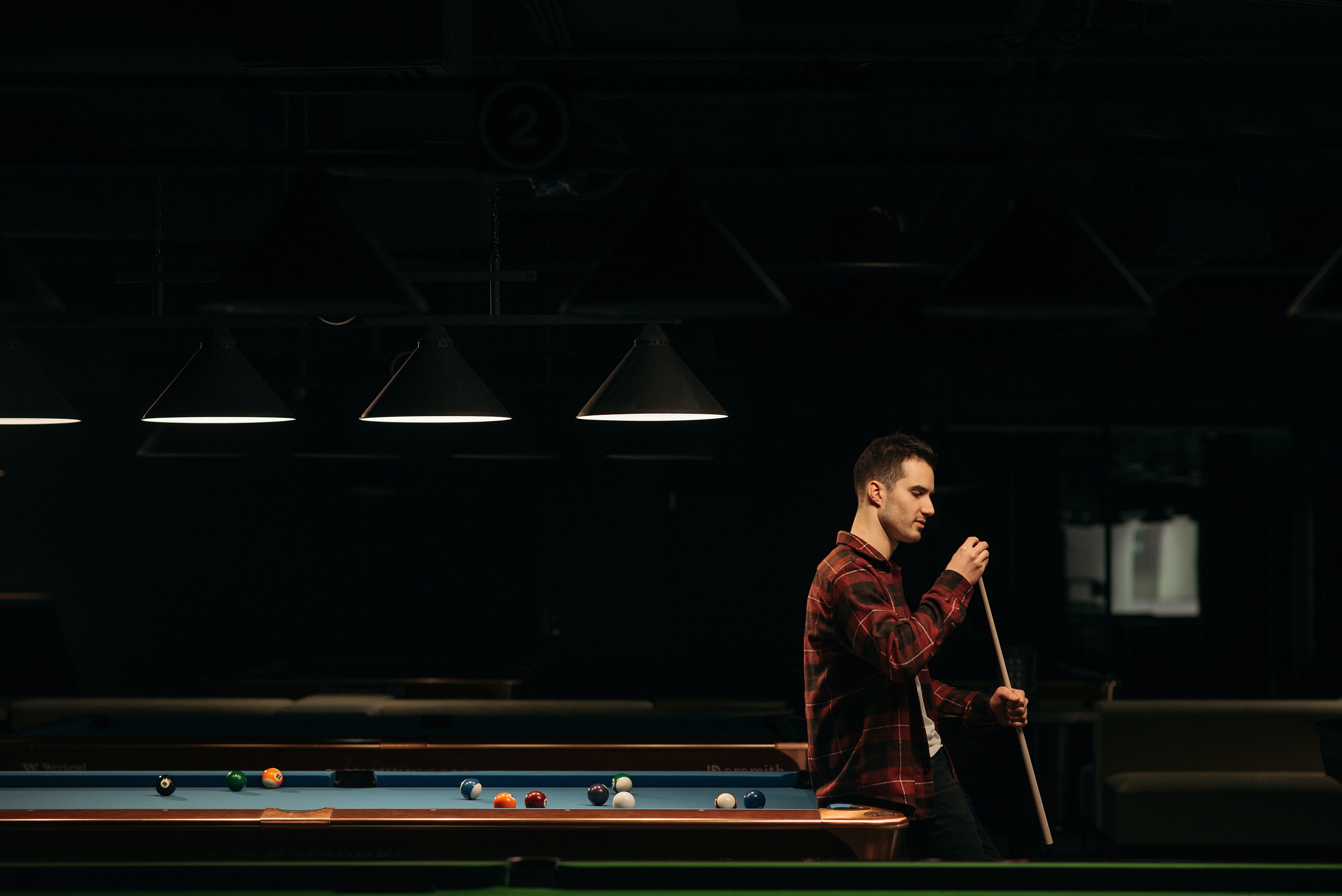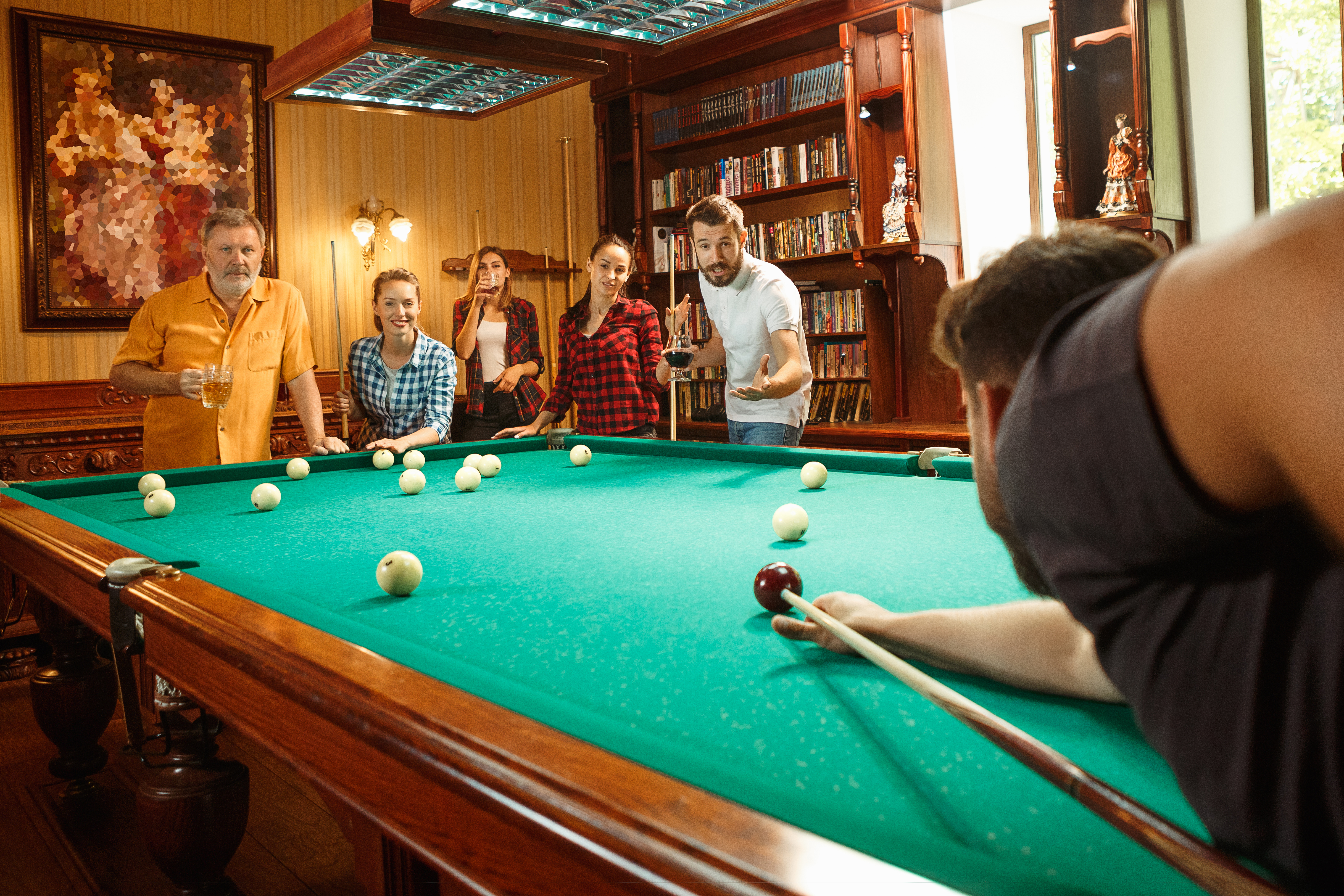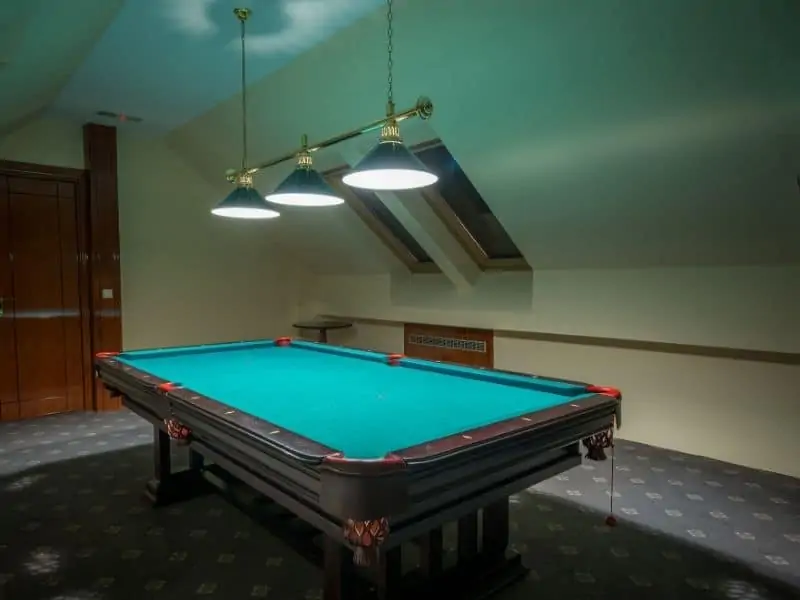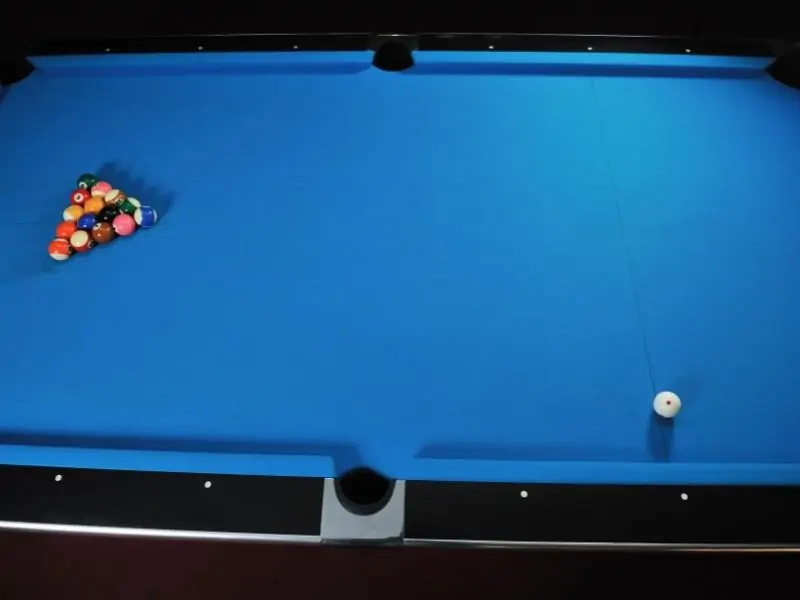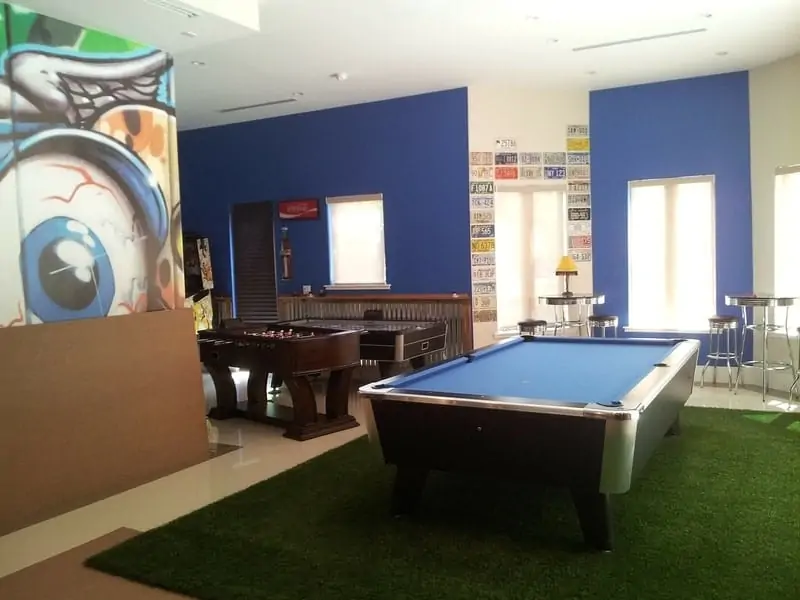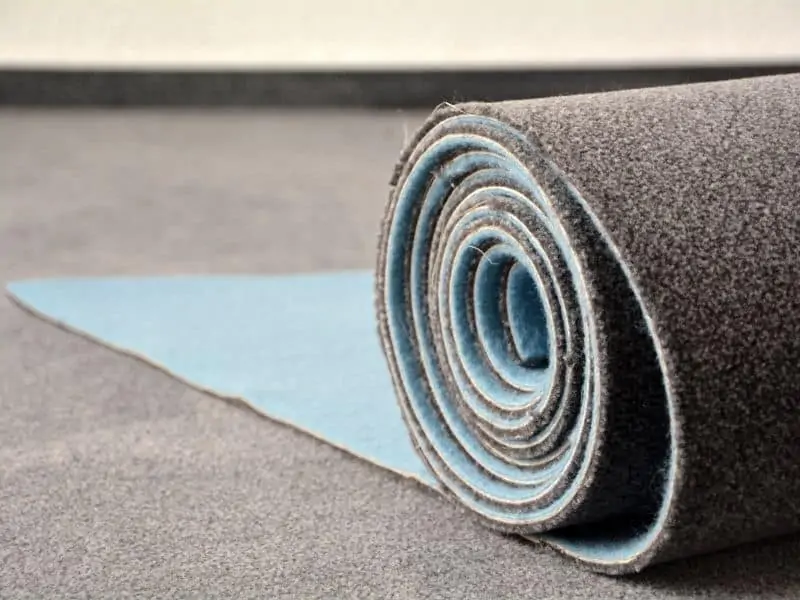Most people are familiar with pool in some way, shape, or form. Those who have never actually touched a pool cue have probably seen movies about pool, like The Hustler, The Color of Money, or Poolhall Junkies. But, these days, when people hear the words Bumper Pool, most are at a loss. Which is unfortunate because bumper pool is a very fun game. So fun it can be addictive. So, with this article, I’ll tell you all about the wonderful game of bumper pool, answering any questions you may have. Let’s start with the basics.
Is Bumper Pool Any Fun?
I’ve already shown my hand on this question. Of course, “fun” is a relative term. But, anyone who enjoys playing any kind of billiard game will love Bumper Pool. And, even people who have never played a billiard game in their life can pick up on Bumper Pool easily.
The fact is that bumper pool has very few rules to get your head around. It’s unlike most other billiard games in this way. Plus, the tables are significantly smaller than other pool tables, so they’re ideal for those who don’t have enough room for a big table but still want to play a fun billiard game.
But, I’m getting ahead of myself. First, let’s talk about what bumper pool is.
What is Bumper Pool?
Bumper pool is a unique game played on a rectangular or octagonal table with two pockets, one on each end of the table. The tables, no matter their shape, have a cross section of bumpers in the middle of the table, creating obstacles between the pockets, essentially making straight shots impossible.
There are also two bumpers flanking each pocket on the table. Depending on the table, the number of bumpers ranges from 12 up to 16. Bigger tables means more bumpers in the middle — there’s always only two bumpers flanking each of the pockets.
It can be played with two players one-on-one or four players in teams of two. It’s suitable for ages 12 and up, although with a little help younger kids can play, too.
The History of Bumper Pool
Like all billiard games, bumper pool’s roots can be traced back to around the 15th century, when lawn games were moved indoors and onto tables. Most people attribute bumper pool to croquet, which has similar rules and objectives. However, there’s no real consensus on when bumper pool in its modern form was actually invented.
Bumper pool gained popularity in the middle of the 20th century when pool table manufacturer Valley began making them and selling them to bar owners and homeowners. It continued to be popular right through the 70s and 80s before losing steam in the and 90s.
These days, it’s pretty rare that you see a bumper pool table in a bar. But, they’re definitely still being made and many people enjoy a good game of bumper pool daily. I doubt that bumper pool will ever really disappear, despite the fact that you won’t see any bumper pool competitions showing on ESPN 2 like other pool games.
Bumper Pool Equipment
As you’ve no doubt surmised by now, you can’t play bumper pool on a regular pool table (unless you’re willing to drastically alter that table — but please don’t). You need a bumper pool table to play the game. And there are differences in number and style of balls as well as the length of the cues. But, let’s start with the tables.
How Big is a Bumper Pool Table?
Compared to other pool tables, bumper pool tables aren’t big. But, they come in different shapes, which gives you different overall sizes. You can get a rectangular or an octagonal bumper pool table. No matter which style you go for, the basic rules are the same. Each table presents different challenges, and there’s not really a best choice between the two. Either way, the game is a blast.
Rectangular Bumper Tables
The standard size for a rectangular bumper pool table is 41.5” wide x 57.5” long x 32” tall. You can find them bigger or smaller, but this is generally the best size for home use.
Octagonal Bumper Tables
The standard size for a octagonal bumper pool table is 48” wide x 48” wide x 30” tall. These tables are not as long as rectangular tables, but they’re also wider.
Most standard tables have a total of 8 bumpers in the middle of the table in a cross formation, along with 2 bumpers on each side. You can also find larger tables with more bumpers in the middle if you look hard enough.
Bumper Pool Balls
Bumper pool is played with ten balls total – 5 red and 5 white. One red ball and one white ball are each marked with a spot to signify the starting ball for each player. This will make more sense when we go over the rules below.
Bumper pool balls are 2 ⅛” in diameter. This is a bit smaller than thestandard 2 ¼”for American style pool balls. Also, there’s no cue ball in bumper pool. Instead, you strike the object balls directly with the cue.
Bumper Pool Cues
Since bumper pool tables are smaller than regular pool tables, you don’t need such long cues. Cues for bumper pool are usually 42” to 48” long. Of course, the length of cue you use also depends on how tall you are and how long your arms are. For example, young kids may be more comfortable with a 36” cue when playing bumper pool. But for most adults, 48-inches is a good cue size. This is compared to the 57” or 58” cues for American pool.
Otherwise, the cues are generally made the same as cues for other games. They’remade of wood(generally hard rock maple/), have decorations, and usually have a leather tip.
Other Equipment
Unlike other pool games, you don’t need a triangle or diamond cue rack for bumper pool. You simply place the balls in predetermined spots before starting the game. But, some of the other equipment remains the same.
Chalk
Like other pool games, you still need to use chalk when playing bumper pool. It decreases the chances of a miscue by adding a bit of friction between the tip and the ball. Standard pool chalk is fine for bumper pool.
Brush
You’ll also want to take care of a bumper pool table just like you do a regular pool table. You can do this with a pool table brush and/or a gentle vacuuming once in a while.
How to Play Bumper Pool
Now that you know all the equipment you need, let’s talk about how to actually play the game!
Setup
To set up a game of bumper pool, you first need to place the balls in their spots on the table. Most bumper pool tables have the two bumpers around the pockets a different color: red or white. You can think of these pockets as the “goals.” Each player plays to the pocket of the color of their balls. So, the red balls should be placed around the pocket with white bumpers and the white balls around the pocket with red bumpers.
The spotted (marked) ball should be placed directly in front of the pocket. The other four balls are then placed on either side of the pocket bumpers — two on each side, spaced evenly. Once the balls are in place, and both players are ready, it’s time to start the game!
Starting the Game
In bumper pool, both players shoot the first shot at the same time. The first shot is always the marked ball that is placed in front of the pocket, and the shot is always to the player’s right so the balls don’t collide. So, if you’re red, you’re shooting the red ball with the mark to the right, trying to get it as close to the opposite pocket as possible (or in it).
The white player does the same thing on the other side, shooting to their right, which is your left. It’s best to do this with a countdown so you both shoot at the same time.
Whoever gets closest to the pocket with their marked ball gets to go again while the other player waits. If one player pockets their marked ball, they get to go again. In the rare event that you both sink your balls on the first shot, you each pick up the ball of your color on the far left of the table, place it in front of the pocket, and shoot again at the same time, whereas the same rules apply.
Continuing Play
The first person to sink all their balls wins the game, and there are few rules in the process. But, most rules stipulate that you need to sink your spotted ball first before you can sink any of the other ones. If you sink another ball before your marked ball, your opponent gets to pocket two of their balls right then and there.
Each player gets to continue playing as long as they’re legally pocketing balls on each shot. When a player misses, the shot goes to the opposing player. You can use the bumpers and the cushions to get your balls to the other side of the table or to play defensively to keep the other player from scoring.
Bumper Pool Rules
Bumper pool is pretty straightforward, but there are a few rules to be aware of. There are a few rule variations out there, so make sure to talk to your opponent before starting the game to make sure you’re both playing by the same rules!
Jumping
Since there are bumpers in the middle of the table, it may be tempting to try to jump your balls over them. This is illegal in bumper pool. If you perform a jump shot, the opposing player gets to pocket two of their balls.
Sending a Ball Off the Table
If you knock a ball off the table, the opposing player gets to pocket two of their balls and they get to place your ball wherever they want on the table. Some rules say that you lose the game if you pocket one of your balls in your opponent’s pocket. Others say that it’s the same 2-ball foul as the other fouls mentioned so far. This is a good rule to get clear on before the game starts.
Multiple Balls in Play
Also, some rules state that you can only start shooting the other balls after you’ve pocketed the marked ball. Other rules state that you can shoot as many balls as you want before the marked ball is pocketed, although you can’t sink any of those other balls until you’ve done so with the marked ball. Again, get clear on this before you start the game.
Strategic Tips for Bumper Pool
Although the overall rules for bumper pool may be straightforward, playing to win often isn’t. After a few games you’ll get a better feel for the game, but keeping these tips in mind can help you develop a winning strategy.
Knocking Your Opponent’s Ball
It’s perfectly legal to use your turn to hit an opponent’s ball away from the pocket if they’re about to score. Of course, this means that you yourself give up a turn to sink a ball. But still, if your opponent is about to win the game, this tactic could give you just enough time to win.
Setting Up Shots
You’ll want to get proficient on bank shots in bumper pool. Use the cushions and bumpers to your advantage to set up shots and plan your next moves. When you get good enough, you may even be able to sink your ball using bumpers or cushions in one shot!
Beware the Middle of the Bumpers
It’s worth noting that if a player’s ball ends up in the middle of the bumpers at the center of the table, that ball must be spotted at its starting position. If you can get your opponent’s ball to settle in the middle by knocking it with one of yours, you’ve bought yourself some time. On the other hand, keep your balls out of there if at all possible!
How Much Space Do You Need for a Bumper Pool Table?
You don’t need a big room for a bumper pool table. A standard rectangular table is usually 4 ¾’ x 3 ½’. If you’re playing with 48” cues, you’ll want to take that into account, meaning you’ll want plenty of room on all sides of the table.
For best results, you should have a room that’s at least 12’ by 10’.
For an octagonal bumper pool table, the dimensions are slightly different. Since they’re usually 4-feet wide and 4-feet long, you’ll want a room that’s at least 12’ by 12’. This, too, accounts for 48-inch cues. You can get away with a smaller room for your bumper pool table if you use shorter cues, but you generally don’t want to go much smaller than 10’ by 10’.
How Much Does a Bumper Pool Table Weigh?
The weight of a bumper pool table depends on its material and its size. Like other pool tables, bumper tables are available with a slate or an MDF bed.Slate weighs more than MDF, so these tables are heavier. Also, the larger the table, the heavier it is, in general.
On average, standard size bumper pool tables weigh between 250 and 350 pounds.
How Much Does a Bumper Pool Table Cost?
Much like the weight of a bumper pool table, cost depends on materials and size. Slate tables are usually more expensive than MDF tables. Those made out of hardwoods or exotic materials are bound to be more expensive. Usually though, you can expect to pay anywhere between $300 and $1800 for a bumper pool table. For a decent table at a decent price, aim to spend around $600 to $800.
Bumper Pool Table Recommendation
I’ve done some research to take some of the guesswork out of your purchasing options. And while you should definitely take a look at some of the other tables available online, I’m confident that this recommendation is the best bang for your buck.
Hathaway Renegade Bumper Pool Table

- Genuine Slate Play Surface
- Integrated Leg Levelers
- K66 Gum Rubber Cushions
- Chrome Accents and a Sleek Black Cabinet
- Green Wool/Polyester Cloth
- Quiet Ball-Return System
- Set of 10 Balls
- 2 48-Inch Cues
- 1 Table Brush
- Cue Chalk
- 180-Day Manufacturer Warranty
- Easy to Assemble
If there’s one feature that stands out for this table, it’s the slate playing surface. For the price of this bumper pool table, it’s amazing that it has genuine slate. Slate plays better and lasts longer than MDF, so it’s a great choice.
This table also has a quiet ball-return system, integrated leg levelers, a polyester-wool blend cloth, and genuine k66 gum rubber cushions.
The chrome accents on the black cabinet give it a nice modern feel while thegreen clothmakes us think of classic pool halls. It also includes everything you need to start playing, easy-to-understand instructions, and a 180-day warranty.
Weighing in at 243 pounds, it’s not so heavy that it will be hard to move — like a regular pool table. For hours of fun for the whole family, there’s no better option than the Renegade bumper pool table.
